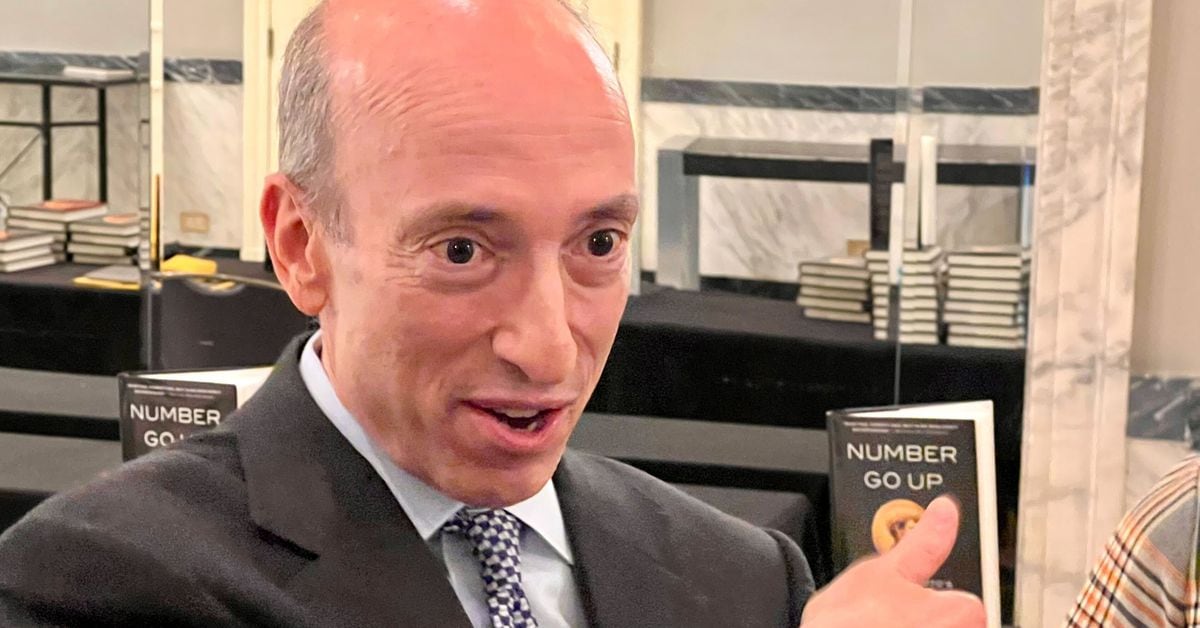Stablecoins: Are They Really Stable?
BIS Report Claims ‘Primitive’ Stablecoins Lack Adequate Fiat Stability Mechanisms‘Primitive’ stablecoin lacks mechanisms for fiat stability BIS
Imagine a boat sailing in the vast ocean of digital assets. The wind is blowing, the waves are splashing, and everything seems steady. But wait, what’s that on the horizon? It’s a storm! The boat starts to rock and roll, and suddenly, stability becomes a distant dream.
Well, according to a study by the Bank for International Settlements (BIS), stablecoins may be facing a storm of their own. The study found that these digital currencies lack the crucial mechanisms that guarantee stability in the money market. In fact, the authors compared stablecoins to a ship without a captain, navigating the treacherous waters of finance.
So, what’s the problem with stablecoins, you ask? It all comes down to their settlement mechanisms. The authors used a brilliant analogy with onshore and offshore USD settlement to expose the weaknesses. They pointed out that in times of crisis, when private bank credit loses its elasticity, central banks step in to protect the par in global dollar settlement. It’s like having a superhero swoop in at the last minute to save the day!
But stablecoins? They’re still searching for their superhero. When the financial crisis hit in the late 2000s, the Federal Reserve pumped in a whopping $600 billion to keep the ship afloat. But stablecoins? They lack that “non-trivial institutional apparatus” to weather the storm.
- Central Bank Digital Currencies: The Privacy Puzzle
- Cash Is King, But CBDCs Could Be King Kong
- From Crypto Detectives to Virtual Asset Sleuths Ukraine Officials Get a Crash Course in Investigating Cryptocurrency
Now, let’s talk about stability. Stablecoins try to maintain a steady course by bridging on-chain and off-chain funds, using reserves, overcollateralization, or algorithmic trading. But here’s the thing: they mistakenly assume their solvency based on their liquidity. It’s like saying a person who can do ten push-ups can run a marathon. Sorry, but it doesn’t work that way!
And let’s not forget about the reserves. They may sound fancy, right? But they’re actually just tied to the fiat money market, which means stablecoin stability is at the mercy of market conditions. It’s like tying your ship to a sinking rock and hoping for the best. Not the most reassuring strategy, if you ask me.
Oh, and here’s another fascinating tidbit from the study. During this year’s banking crisis, central banks were surprised to find out that their role as lender of last resort extended to stablecoins. Yes, you heard that right! The stablecoin was sipping cocktails with the big banks, soaking up the sun, and enjoying the benefits of being part of their club. Talk about a surprise guest at a party!
But it doesn’t end there. Stablecoins also have to maintain par with each other. It’s like a group of friends trying to stay in sync while dancing to different beats. A recipe for disaster, if you ask me. And let’s not forget about the blockchain bridges, which are like acrobats trying to balance on a tightrope. They’re highly dependent on credit to absorb imbalances, and on-chain interest rates only make their job even more challenging. It’s like juggling flaming torches while riding a unicycle on a windy day. Exciting, but extremely risky!
So, what’s the solution to all these stability woes? According to the study, a regulated liability network could be the answer. Imagine a superhero team, led by a central bank, with all claims settled on a single ledger. It’s like having a team of experts who know exactly how to handle the storms and keep the ship on course. Talk about a dream team!
Now, my dear readers, what are your thoughts on stablecoins? Are they sailing in calm waters, or are storm clouds gathering on the horizon? I’d love to hear your opinions and experiences. Let’s navigate these digital waters together and explore the fascinating world of blockchain and digital assets!
- Your friendly blockchain aficionado
We will continue to update Blocking; if you have any questions or suggestions, please contact us!
Was this article helpful?
93 out of 132 found this helpful
Related articles
- SEC Chair Sparks Controversy: Ripple’s Lawyer and Crypto Community Respond in Hilarious Fashion
- Brazil’s Crypto Landscape: Where Bitcoin Shines and Tether Takes Flight!
- One giant flop Texas regulators seethe as $175M real estate token raise goes belly up
- Vivek Ramaswamy Unveils Crypto Policy Framework: “The Three Freedoms of Crypto”
- The Rise and Fall of FTX in The Bahamas: A Tale of Hope and Disappointment
- German Parliament member Not So Keen on Digital Euro but All-In on Bitcoin!
- Philippines Set to Dip its Toes in Tokenized Treasury Bonds A $179M Game-Changer!






